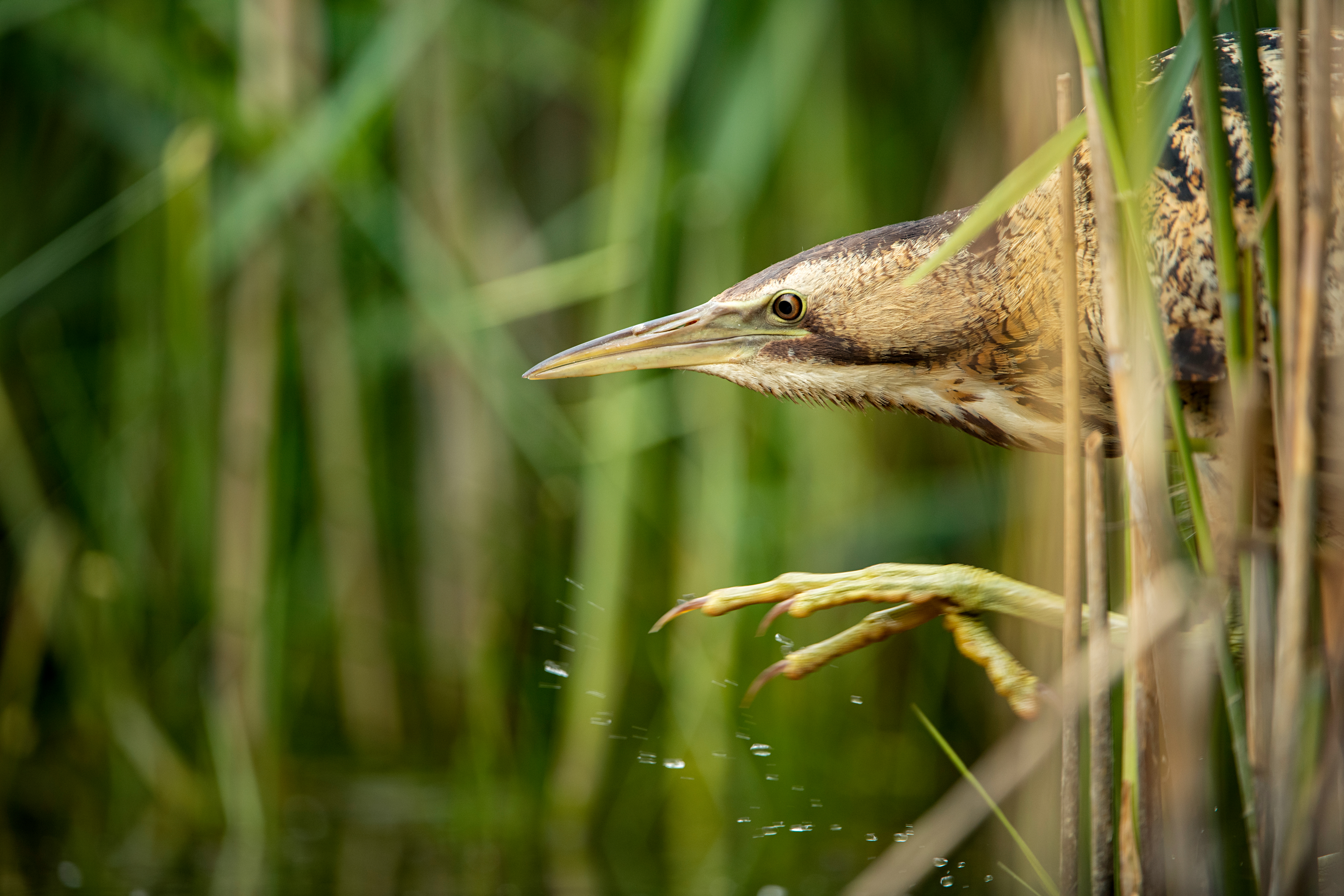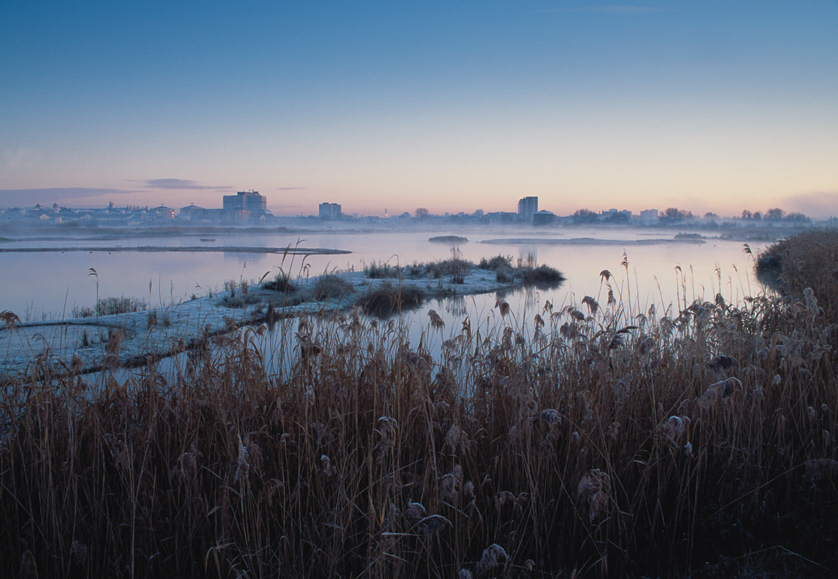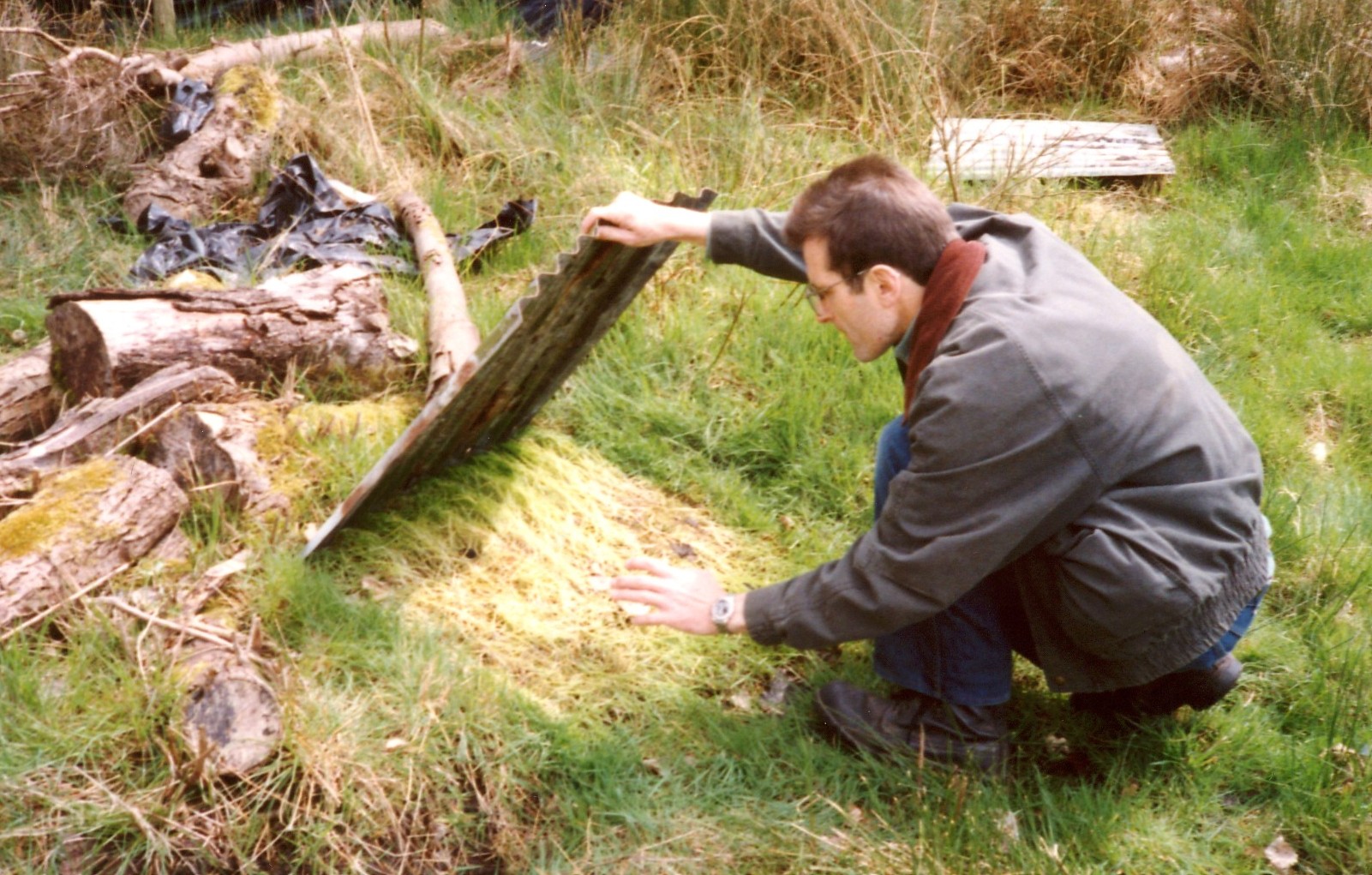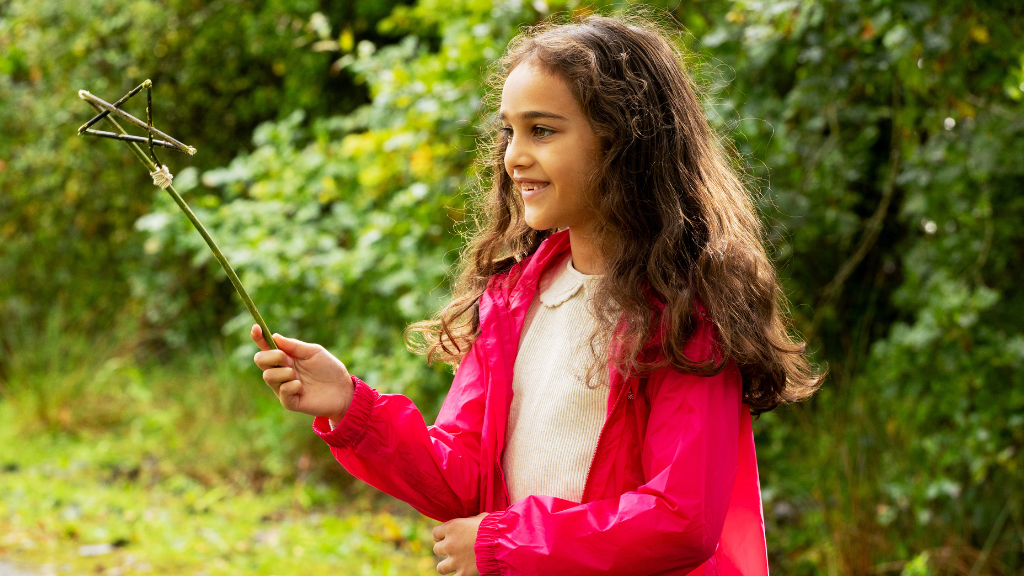Swift rescue
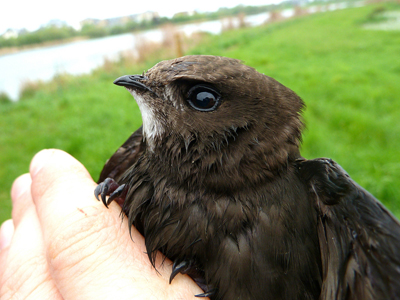
Our reserve warden Mike helped rescue a struggling swift which had somehow managed to crash-land. Swifts have evolved for an aerial life and only ever touch down when they're nesting, so this bird, finding itself grounded, was not easily able to take off again. It had been sighted on the grazing marsh so Mike carefully made his way across and picked it up.
Fortunately he knew a good place to find advice on helping grounded swifts: Swift Conservation - the organisation who advised us on putting up our swift nest boxes. So after checking their website he placed the swift in a cardboard box on some paper towels, and left it in a dark, quiet place to recover.
After a couple of hours the bird was ready to release, pushing itself out of Mike's hands to launch itself into the air, join the other swifts feeding over the Centre.
More advice and information on swifts here: www.swift-conservation.org
If you find an injured animal please call London Wild Care on 020 8647 6230 (please note that London Wetland Centre does not have the facilities to care for injured animals)
